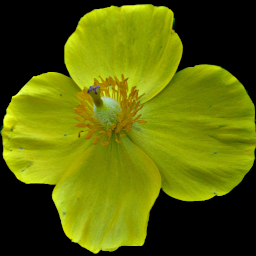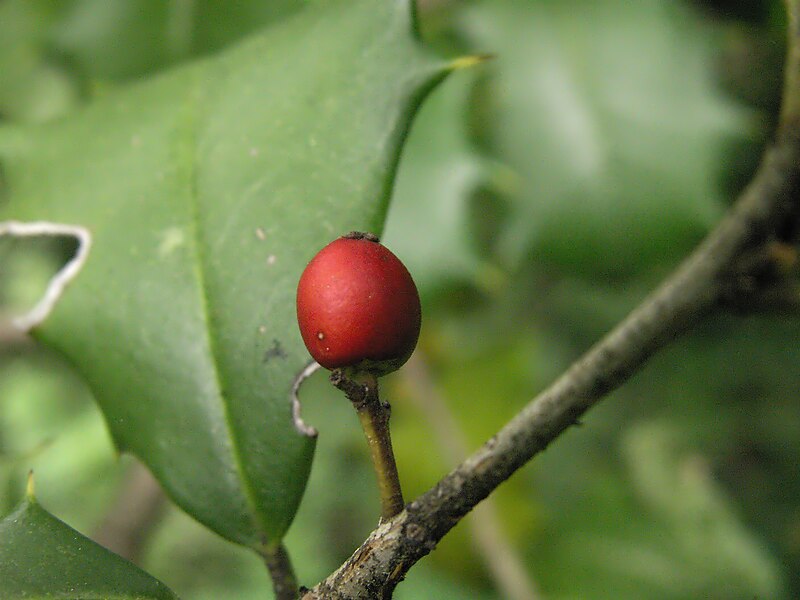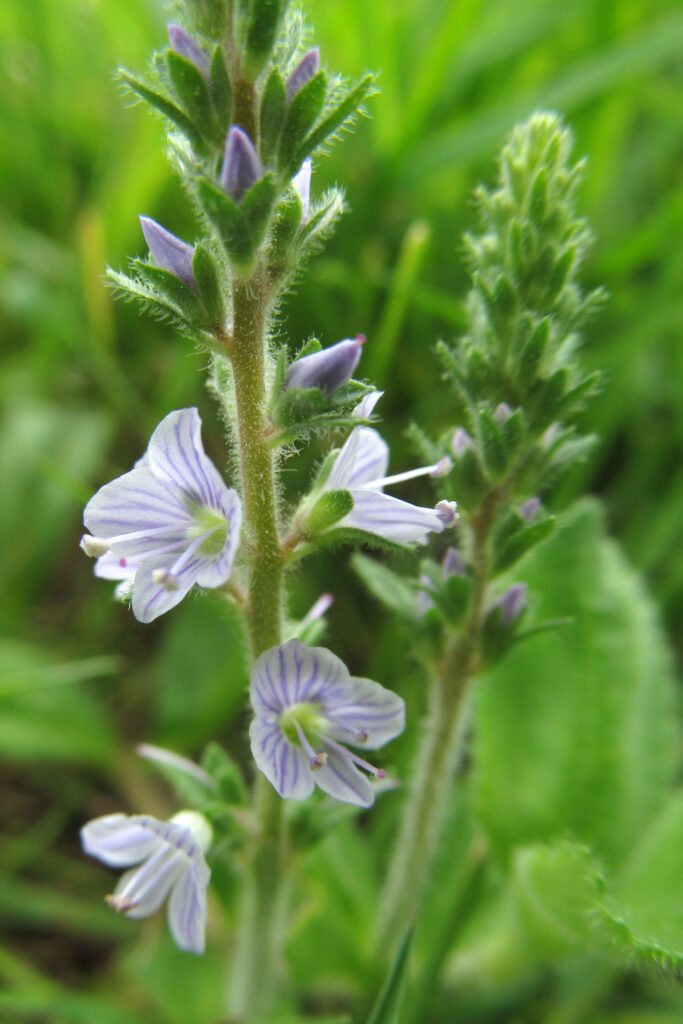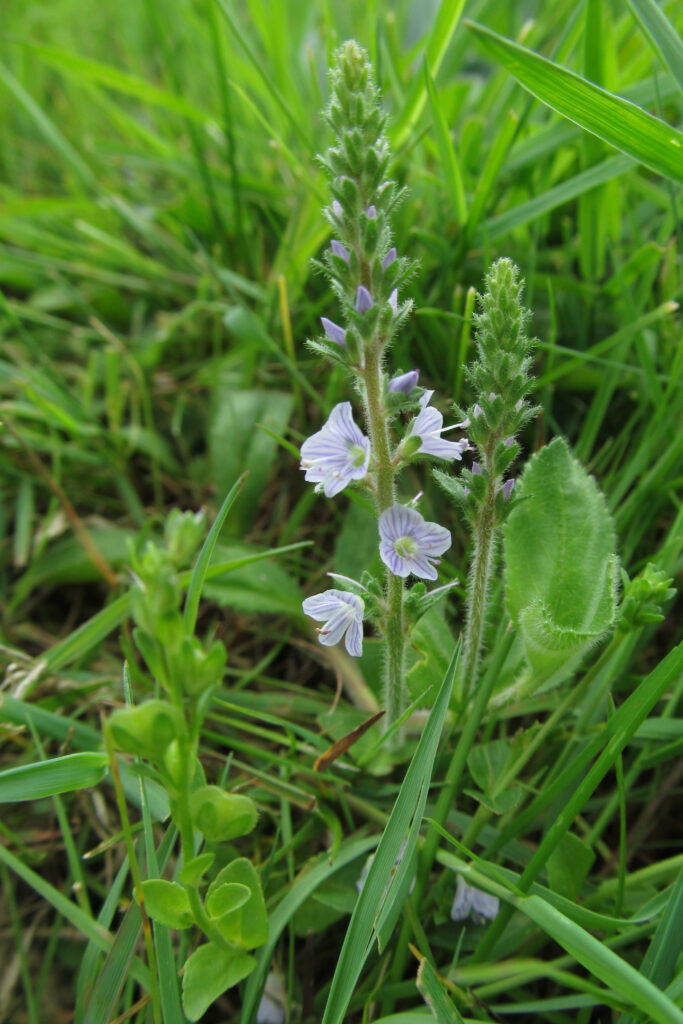
Also known as Hooked Crowfoot or Hooked Buttercup, this is another small and easily ignored species of buttercup. The plants favor moist woodlands, frequently in fairly dim light; they often form colonies along forest paths. This plant was growing in Bird Park, Mount Lebanon.
For Gray’s description of the species, see the Ranunculus recurvatus reference page.










